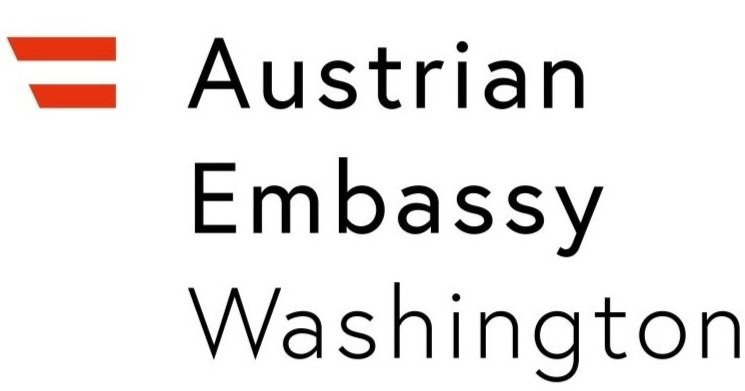The Austrian Institute of Technology - A Leading Development Partner for the Industry
QKD prototype developed by AIT
Photo: M. Mürling
The Austrian Institute of Technology (AIT) has about 1,500 employees working on the development of the tools, technologies and solutions for Austrian industries that are of utmost relevance for the future. As Austria’s largest non-university research institute, AIT has become a leader in quantum cryptography, advancing terrestrial and satellite-based communication technologies. AIT plays a significant role in the European Quantum Flagship program and the EuroQCI initiative, focusing on creating high-security quantum infrastructure across the EU.
AIT’s journey in qauntum communication started over 20 years ago, with the development of the first entanglement-based Quantum Key Distribution (QKD) system and deployment of the world’s first large QKD network in Vienna in 2008. What makes it special: QKD offers an information-secure way to generate cryptographic keys between two partners. The security of the keys is resilient against any kind of classical attack as well as attacks from quantum computers, which are poised to break our current encryption techniques.
The AIT has been involved in numerous QKD projects, notably leading the European OPENQKD project, where over 20 testbeds for this new technology have been created across Europe demonstrating the technological maturity and executing real-world use-cases. In this context, the AIT is also working on quantum-safe cryptography for the transmission of confidential information between authorities as part of the national KIRAS funding programme for security research, which is funded by the Austrian Federal Ministry for Finance (BMF). The multidisciplinary team at AIT of more than 30 researchers and engineers, covers the whole value chain of QKD system development form theory and simulation to quantum-optical setups leveraged to prototype level by inhouse electronics and software development.
A current focus is the miniaturization of QKD components and systems to facilitate a widespread take-up of the technology. A promising approach for this is the use of integrated photonic circuits (PICs), that allow to manipulate and route single photons in waveguides on small optical chips. AIT, working together with leading PIC fabrication partners around the world, designs and evaluates those miniaturized components and demonstrates that critical sub-systems can be miniaturized while still meeting the stringent requirements of quantum communication protocols.
QKD receiver on photonic chip
Photo: AIT
AIT develops critical post-processing algorithms, which are necessary to create a key that is secure and authenticated. Another software topic at AIT is the key management layer, responsible for distributing end-to-end keys to nodes in large QKD networks, that do not share necessarily a direct QKD link. To secure “last-mile” connections without optical fibers, the cyber-security experts at AIT implement hybrid solutions combining post-quantum cryptography (PQC) with QKD, offering the best of both worlds.
Research activities also focus on another important area, namely space. Thanks to the almost unlimited coverage via satellites, current restrictions can be overcome, creating a globally available quantum-secure communication infrastructure. The AIT is on board with many of the European Space Agency's (ESA) programs, in particular, AIT is developing the post-processing software that will fly on the first European QKD satellite “EAGLE-1”, which is projected to launch in early 2026.
The large expertise in the field together with excellent research outputs has catapulted AIT into the center stage for quantum communication. AIT takes part in the leading initiatives of quantum technologies such as the European Quantum Technology Flagship and the EuroQCI, the latter aiming to deploy a full quantum communication network over the whole of Europe. AIT also consults directly the European Commission on the deployment of QKD technology and supports the certification effort by linking together QKD suppliers, national security agencies and policy makers.



